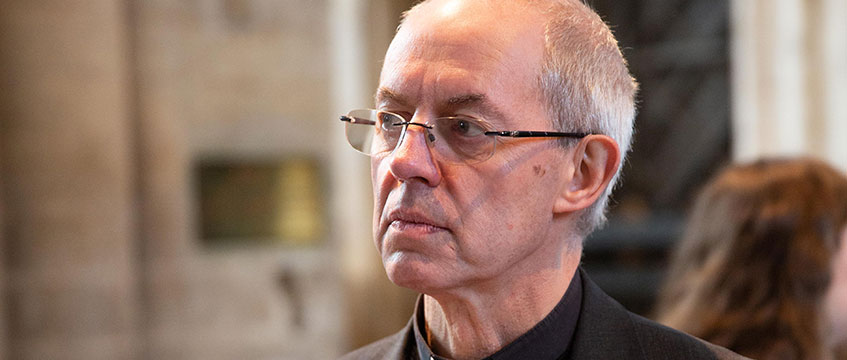The Church of England has pledged to build affordable homes on its estate, as the Archbishop of Canterbury criticised the UK’s “overcrowded” and “poor-quality” housing stock.
Archbishop Justin Welby has launched a commission to explore these housing issues and work out how the church can help tackle the housing shortage and build communities.
A church report, produced to coincide with the launch this week, called on the commission to consider using surplus church land for affordable housing. It also provided examples of where vicarages and disused church halls have been demolished to makes space for new homes.
The report said church commissioners, who manage the church’s centrally owned assets, are currently bringing forward nearly 60 sites for development, covering around 6,600 acres of land.
The commissioners have planning permission, or are pursuing planning permission, for around 9,000 new homes, of which around 2,500 will be affordable homes in line with local authority planning policies.
The church is one of the country’s largest landowners, with a portfolio of more than 100,000 acres.
The Building Community report, produced by the Church of England and the Centre for Theology and Community, said this portfolio is “well-placed to continue delivering new homes and communities across England.”
However, it warned the experience of St John’s Hoxton illustrated the flaws of a planning system which is “often prohibitively expensive and overly restrictive for churches wishing to build affordable homes on their own land”.
The report said reverend Graham Hunter, vicar of St John’s Hoxton in east London, has been “engaged in a struggle for several years” to build affordable housing units on a car park adjacent to the church.
The church submitted a pre-application, jointly with affordable housing charity Dolphin Living, to Hackney Council. However, it was rejected by the council on its interpretation of ‘harm’ caused to a heritage asset as set out in the National Planning Policy Framework.
The church is currently pursuing the idea of a “land swap” with its church primary school, in which the school’s land, which has fewer restrictions on it, could be developed for affordable housing, while the school would use the church car park as a playing field facility. Discussions are ongoing.
To send feedback, e-mail anna.ward@egi.co.uk or tweet @annaroxelana or @estatesgazette











